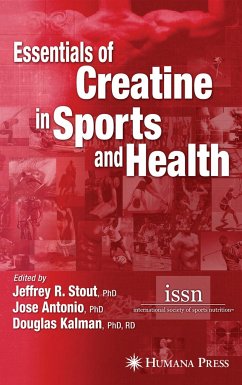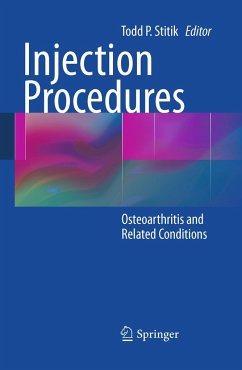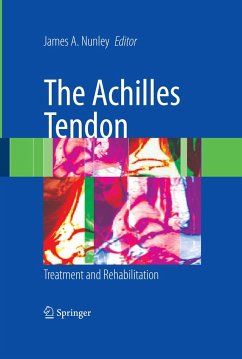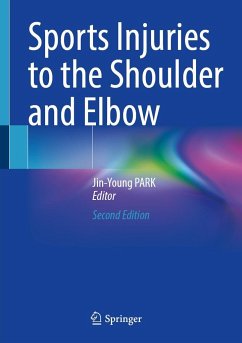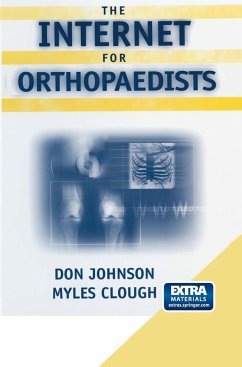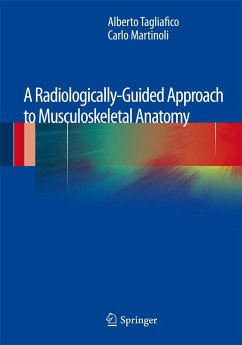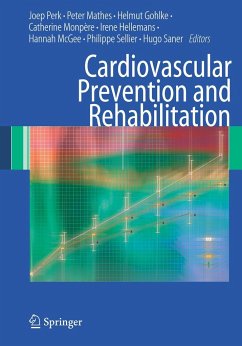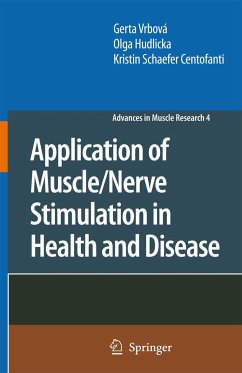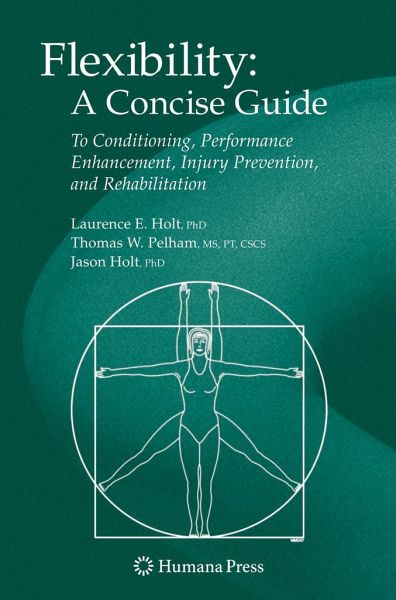
Flexibility: A Concise Guide
To Conditioning, Performance Enhancement, Injury Prevention, and Rehabilitation

PAYBACK Punkte
79 °P sammeln!
Here is a definitive guide to flexibility that revises the conceptual framework of the field. From the conceptual foundations of research to the practical applications of stretching techniques in a number of domains, this book provides a fresh perspective on flexibility.
In 1964, at the beginning of my PhD studies at Southern Illinois University, I was first introduced to the theory and practice of proprioceptive neuro muscular facilitation (PNF). One specific application, reversal of antago nists, particularly intrigued me, and served as the focus of not only my dissertation, but also numerous research projects, presentations, and pub lications over the ensuing years, including the monograph Scientific Stretch ing for Sport (1973). This was the first publication to present a simplified. planar version of reversal of antagonists for enhancing flexibility. Although I was repeatedly encouraged by friends and colleagues to write a more extensive text, I knew that more laboratory research, methodologi cal fine-tuning, clinical information, and significant changes to the concep tual foundations, were needed before a truly meaningful book could be written. Throughout my 36 years at Dalhousie University. I have been fortunate to have had a number of excellent graduate students whose theses contrib uted much of this needed material. Their work has been published in numerous academic journals and is referenced throughout this text.





